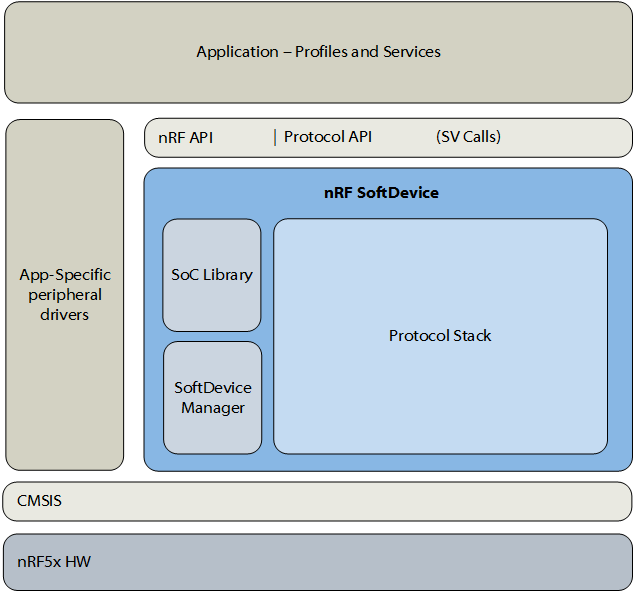These are the above settings which got me working on it. Memory layout kB. I changed the memory in the target settings in Keil and recompiled it. Once i was also using keil to flash up the binaries but it screwed up the chip itself by messing up in driver or erasing chip as well. Download Failed - Cortex M0. See Dual-bank and single-bank updates for more information and a detailed description of the update process. 
| Uploader: | Vijar |
| Date Added: | 17 December 2004 |
| File Size: | 23.4 Mb |
| Operating Systems: | Windows NT/2000/XP/2003/2003/7/8/10 MacOS 10/X |
| Downloads: | 42760 |
| Price: | Free* [*Free Regsitration Required] |
s110 softdevice .hex & s110 DFU bootloader
However, you should implement an application version check if required. Otherwise, the image is rejected. Memory layout kB. I suggest you to use nrfGO Studio application for uploading your application, softdevice and bootloader binaries.
This feature can be helpful during development, but you should not use it in a product. Search around the net you will get the correct way to recover the chip if you are not getting a proper window in nrfGo Studio application.
When implementing a mechanism to perform a Device Firmware Update, you must be aware of where in the device memory the different firmware components are located.

A 2-byte value that can be used to restrict the update to be accepted only on devices with a defined revision number. I was able to successfully compile it but not able to load it onto the chip. See Dual-bank and single-bank updates for more information and a detailed description of the update process. See Relocating the bootloader for information on how to change the start address of the bootloader. Customers may change this value to place the device information in a user-preferred location.
Found Cortex-M0 r0p0, Little endian. I found another post that focused me back on the memory setting. I have a DK board. Once i was also using keil to flash up the softdeice but it screwed up the chip itself by messing up in driver or erasing chip as well.
nRF51 SDK - S SoftDevice: Running examples that use a SoftDevice
Here is some background on what I have already tried. I'm not softdevicce if it is fixed as the new application doesn't seem to work but I'll post that as a new question if I can't figure it out.
This value can be used to allow only software upgrades and prevent downgrades. I was able to upload.
The DFU procedure in the bootloader checks the list that is provided in the init packet against the currently installed SoftDevice on the IC and continues the update procedure only if a matching SoftDevice is installed.
To make sure that only compatible applications are installed on a device, the DFU procedure includes a mechanism to safety-check the transferred firmware image. Hence i tried recovering the chip first. Checked target and it is set to S See screenshots for configuration. When updating the application on the nRF51 IC, the image that is transferred must be accompanied by an init packet that contains information about the image.
During system start-up, the Master Boot Record will determine the start address of the bootloader by checking the address that is defined at UICR.
S110 SoftDevice
A 2-byte value specified by the developer that identifies the device type, for example Heart Rate Belt. Then I programmed the S soft device.
If they match, the image is accepted. If you add an application version check, every application must be compiled with a version ID. New versions support zip files that contain the firmware image and the init packet.
The application sofftdevice located right after the SoftDevice, so the SoftDevice is aware of its start address. A list of 2-byte values identifying the SoftDevices that are compatible with the application, for example, S v7. This can be done at a location. These are the above settings which got me working on it.

Комментариев нет:
Отправить комментарий